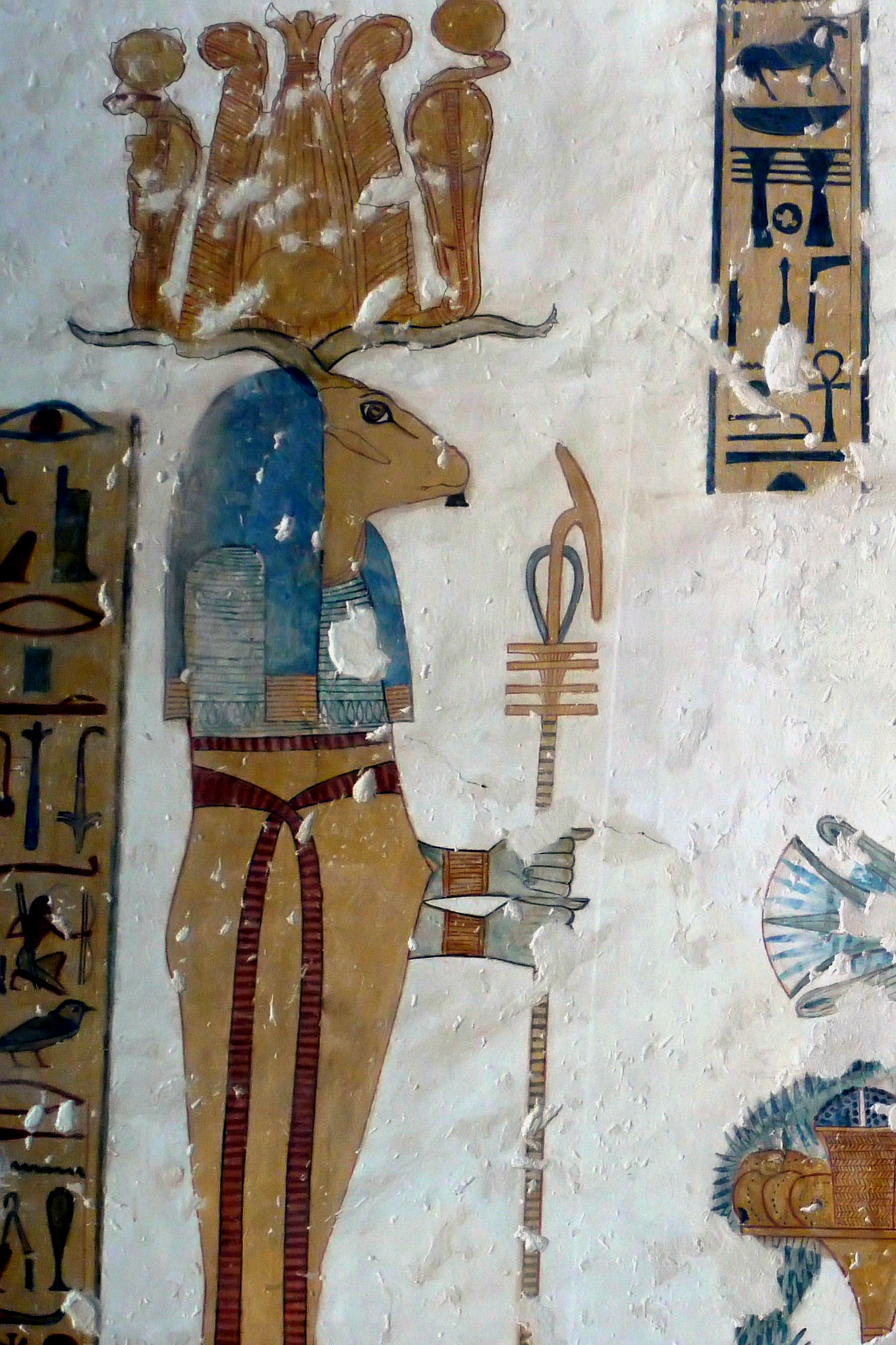Dec 17, 2019 BOOK OF THE HEAVENLY COW I. Introduction II. The seven cow-constructs III. The four eyes IV. Closing you can read the glyphs for yourself: Budge gave his translation the title “the destruction of mankind”, but he reads from left-to-right, while giving superficial meaning to used terms, and be also aware that he ‘grouped’ glyphs wrongly together: for you to follow: the start is. Egypt’s Mysterious Book of the Faiyum displayed approximately 80 works of ancient Egyptian art, including statues, reliefs, parts of coffins, papyri, and jewelry. Moving through the galleries, as if traversing the lake or walking through the narrative of the book itself, visitors encountered works of art that portrayed the divine figures. Sep 28, 2019 The sky goddess depicted as a cow and supported by the eight gods The Book of the Heavenly Cow, or the Book of the Cow of Heaven, is an text thought to have originated during the and, in part, describes the reasons for the imperfect state of the world in terms of humankind's rebellion against the supreme sun god. The Cow represents the sky in which the Boats of Ra, sail, and her four legs are the four cardinal points which cannot be changed. The region above her back is the heaven in which Ra reigns over the beings who pass thereto from this earth when they die, and here was situated the home of the gods and the celestial spirits who govern this world.
EGYPT'S MYSTERIOUS BOOK OF THE FAIYUM


Walter's Art Museum
Baltimore, MD
thewalters.org/exhibitions/faiyum
The Book of the Heavenly Cow is an ancient Egyptian text dealing with the rebellion of humanity against the sun god Ra, his destruction of the rebels through the goddess Hathor, the reversal of this decision and Ra’s mercy, and his ascent into the higher heavens, leaving earth in a fallen state.
My Role: Primary duties - case layouts and construction drawings; additional tasks – interactive prototyping and design development.
Book Of The Heavenly Cow Pdf

The Book of the Faiyum is an exquisitely illustrated ancient papyrus depicting Egypt’s Faiyum oasis, a center of prosperity and ritual during the Greco-Roman period. Major sections of the manuscript —reunited for the first time in 150 years —were displayed alongside Egyptian statues, reliefs, jewelry, and ritual objects to illuminate the religious context that gave rise to the enigmatic tale of Sobek, the crocodile god who brings sun to the Faiyum.
Egypt's Mysterious Book of the Faiyum offered a new look at ancient Egypt. It went beyond the usual exhibition subject matter of mummies and tombs, preparations for the afterlife, and the famous pharaohs by exploring ancient Egyptian artistry, mythology, and religious iconography. Additionally, the exhibition focused on a period thousands of years after the Pyramids at Giza or Tutankhamun’s rule as the Book of the Faiyum dates to some time between the late 1st century BCE and the second century CE, when the Romans ruled Egypt. The exhibition centered on the Faiyum, an oasis in the desert to the West of the Nile.
Egypt’s Mysterious Book of the Faiyum displayed approximately 80 works of ancient Egyptian art, including statues, reliefs, parts of coffins, papyri, and jewelry. Moving through the galleries, as if traversing the lake or walking through the narrative of the book itself, visitors encountered works of art that portrayed the divine figures illustrated in the book. The exhibition encouraged reflection on the mysteries surrounding the Book of the Faiyum, including why it was made and for whom.
October 2013 - January 2014
All Photos: Walter's Art Museum
EGYPT'S MYSTERIOUS BOOK OF THE FAIYUM
Walter's Art Museum
Baltimore, MD
thewalters.org/exhibitions/faiyum
My Role: Primary duties - case layouts and construction drawings; additional tasks – interactive prototyping and design development.
The Book of the Faiyum is an exquisitely illustrated ancient papyrus depicting Egypt’s Faiyum oasis, a center of prosperity and ritual during the Greco-Roman period. Major sections of the manuscript —reunited for the first time in 150 years —were displayed alongside Egyptian statues, reliefs, jewelry, and ritual objects to illuminate the religious context that gave rise to the enigmatic tale of Sobek, the crocodile god who brings sun to the Faiyum.
The Book Of The Heavenly Cow Summary
Egypt's Mysterious Book of the Faiyum offered a new look at ancient Egypt. It went beyond the usual exhibition subject matter of mummies and tombs, preparations for the afterlife, and the famous pharaohs by exploring ancient Egyptian artistry, mythology, and religious iconography. Additionally, the exhibition focused on a period thousands of years after the Pyramids at Giza or Tutankhamun’s rule as the Book of the Faiyum dates to some time between the late 1st century BCE and the second century CE, when the Romans ruled Egypt. The exhibition centered on the Faiyum, an oasis in the desert to the West of the Nile.
Egypt’s Mysterious Book of the Faiyum displayed approximately 80 works of ancient Egyptian art, including statues, reliefs, parts of coffins, papyri, and jewelry. Moving through the galleries, as if traversing the lake or walking through the narrative of the book itself, visitors encountered works of art that portrayed the divine figures illustrated in the book. The exhibition encouraged reflection on the mysteries surrounding the Book of the Faiyum, including why it was made and for whom.


October 2013 - January 2014
All Photos: Walter's Art Museum